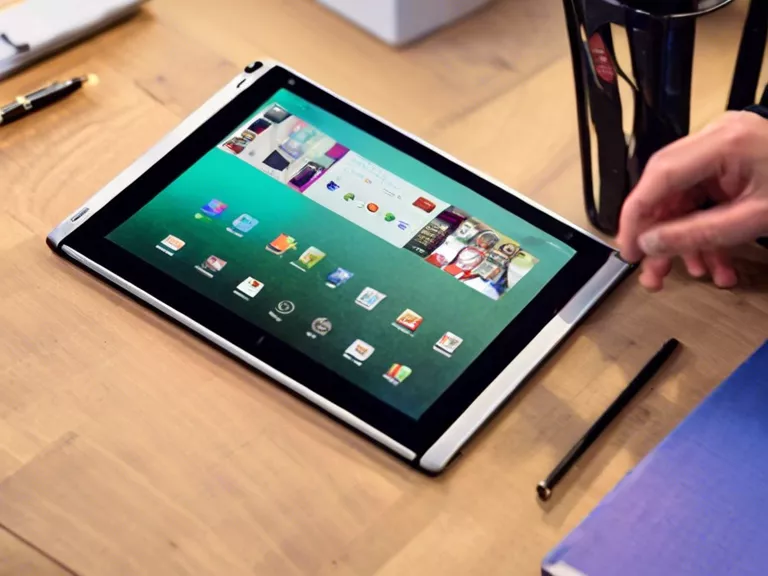
In today's digital age, having a laptop is essential for students and everyday use. However, with so many options available in the market, choosing a budget-friendly laptop can be quite daunting. Here are some tips on how to select the best laptop without breaking the bank.
Consider Your Needs: Before purchasing a laptop, think about what you will primarily use it for. For students, you may need a laptop that can handle research, writing papers, and running educational software. For everyday use, you might want a laptop for browsing the internet, watching movies, and basic office tasks. Knowing your needs will help you narrow down your choices.
Processor and RAM: Look for a laptop with at least an Intel Core i5 processor and 8GB of RAM for smooth performance. These specifications should be sufficient for most student and everyday use tasks without being overly expensive.
Storage: SSDs are faster and more reliable than HDDs, so try to find a laptop with an SSD or at least a hybrid drive. A storage capacity of 256GB to 512GB should be enough for documents, photos, and some media files. You can always expand storage later if needed.
Display and Battery Life: Opt for a laptop with a full HD display for clear visuals. If you plan on using your laptop for extended periods without access to a power outlet, choose a model with a battery life of at least 8 hours.
Portability: If you need to carry your laptop around frequently, consider a lightweight and compact model. A 13-14 inch display size is usually a good balance between screen real estate and portability.
By keeping these factors in mind, you can find a budget-friendly laptop that meets your needs without compromising on performance. Remember to read reviews and compare prices to get the best deal.



